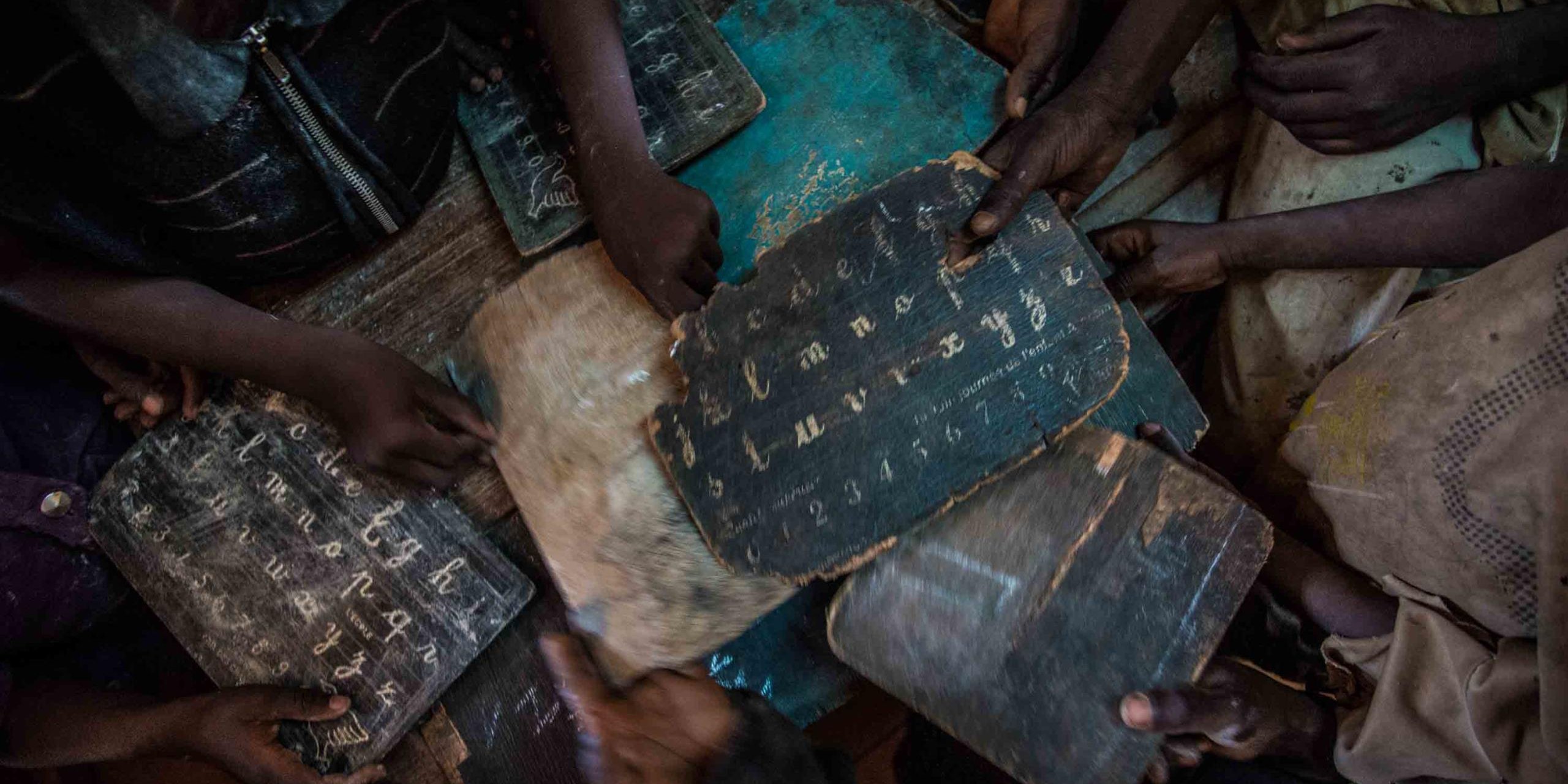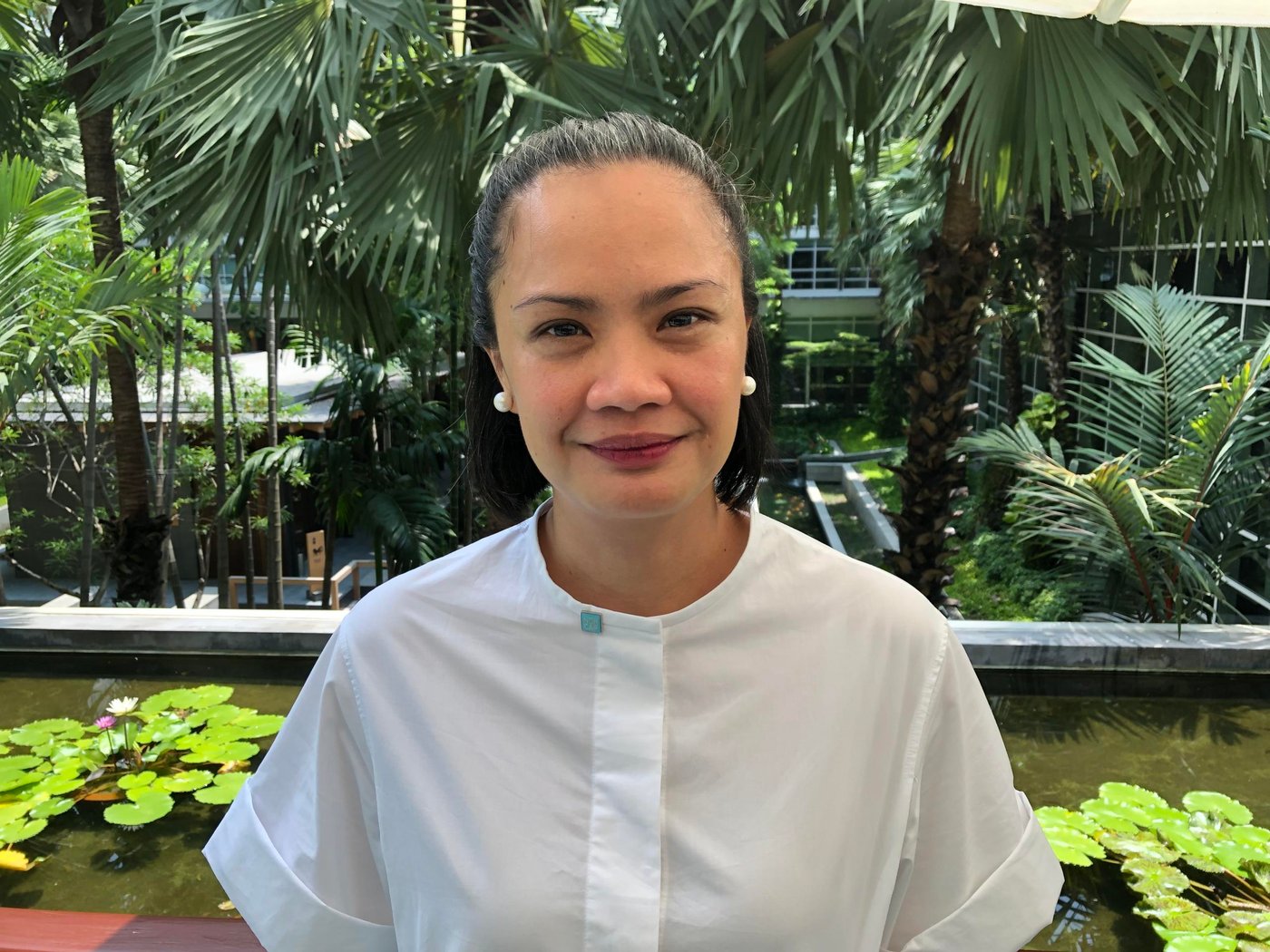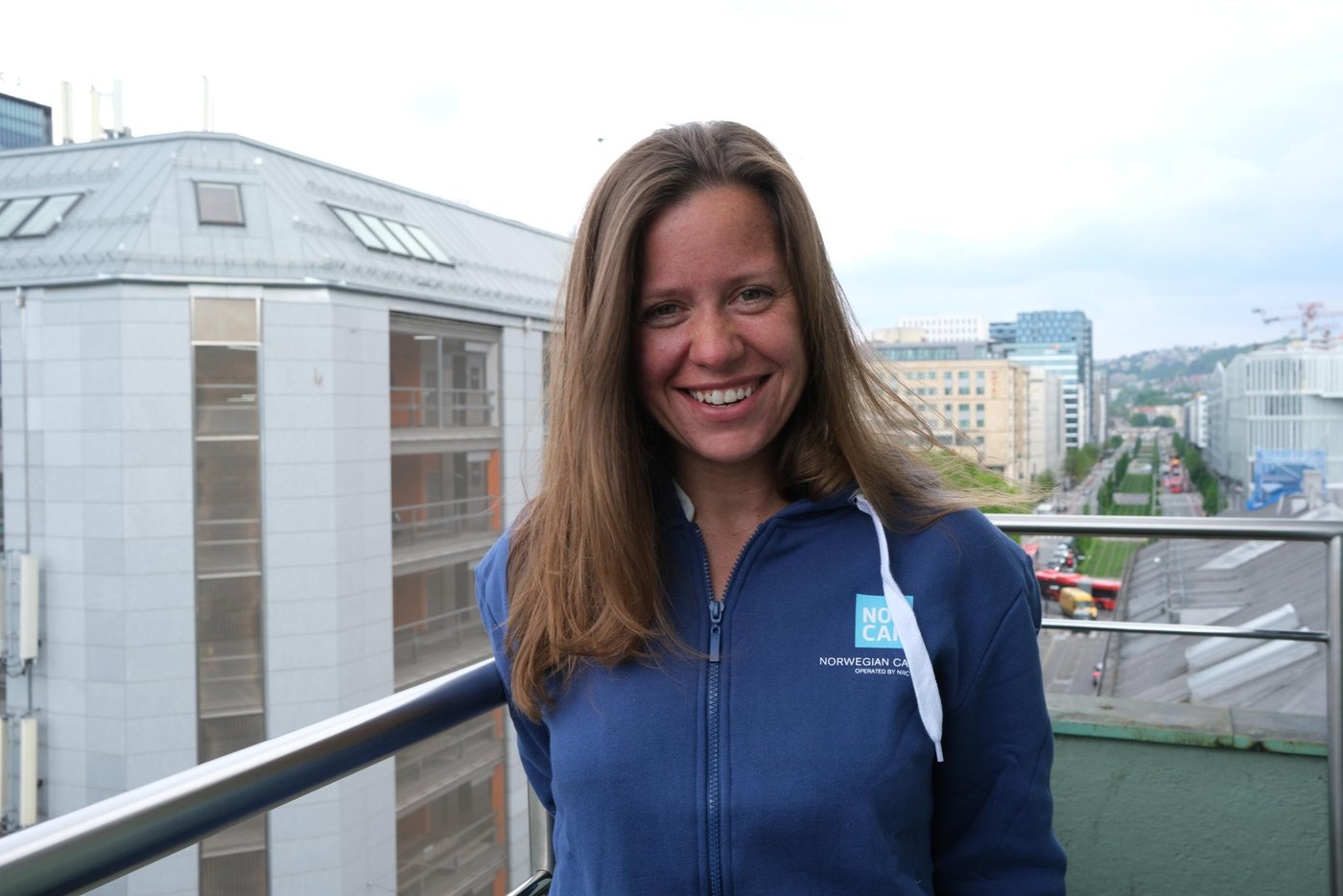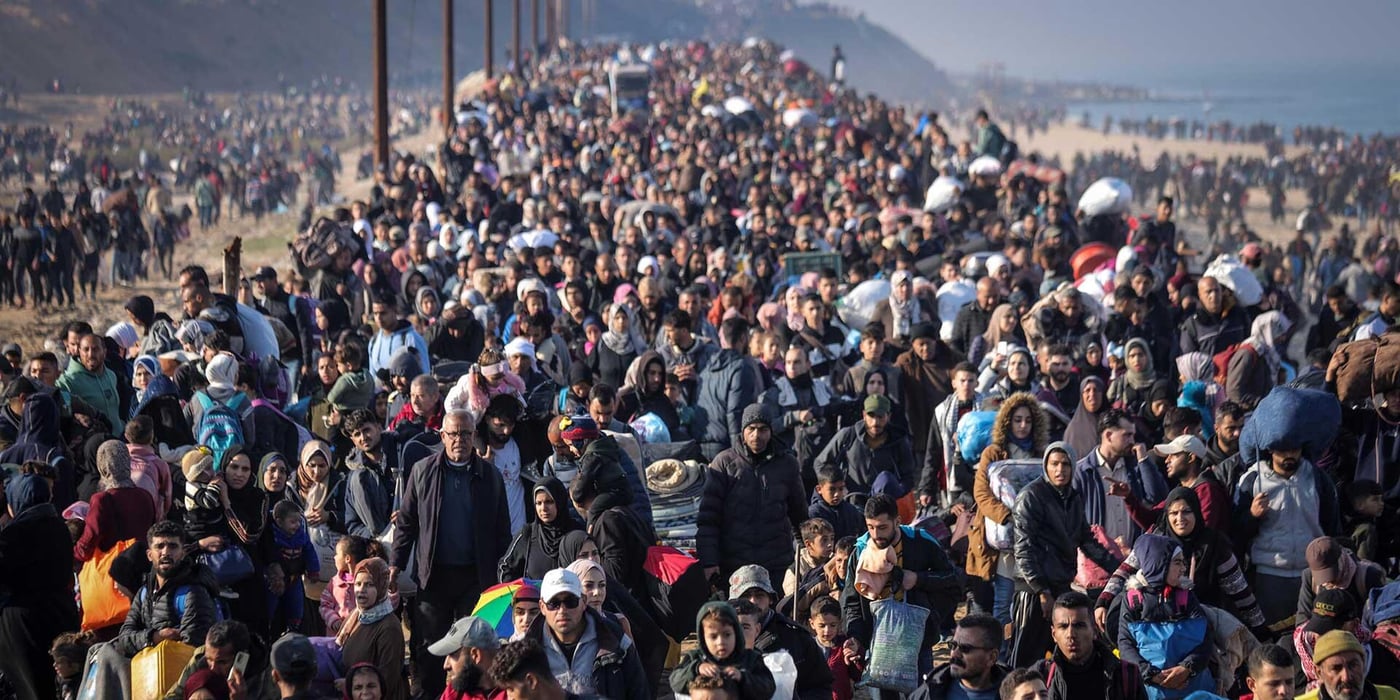
Why is it important to target children and adolescent survivors specifically?
MEGAN LIND: “When a child who has experienced sexual abuse seeks support in an emergency, she or he may be referred to a gender-based violence specialist (GBV) or a child protection specialist. While GBV specialists have made strides implementing programs and child protection specialists have made progress on improving the quality of services for children, the two do not always cater to the unique needs of these children.
For example, GBV specialist may not know how or when to involve parents. Similarly, child protections specialist may not have heard about the survivor-centred-approach; an approach where the survivor’s rights, needs and wishes are prioritised. Also, clinics may not have the appropriate dosage of medicine.
Offering support without the right knowledge, attitude and skills to care for these children can have long-term negative consequences, such as post-traumatic stress disorder, depression and anger. We wanted to address these issues. As a result, we teamed up with organisations on existing activities to improve the quality of and access to help for children and adolescents, and how child protection and gender-based violence sectors work together.”
What is the Child and Adolescent Survivor Initiative?
MEGAN LIND: “In 2018, the Child and Adolescent Survivor Initiative was launched together with the Global Child Protection Area of Responsibility, the Gender-Based Violence Area of Responsibility, the International Rescue Committee, the Norwegian Refugee Council and NORCAP.
Among other things, the first year focused mostly on field support to Iraq, Myanmar, Niger and Sudan. The initiative opened up for discussions between the two sectors on child protection and GBV, who looked at where their work differed and where it united. They used this to make sure the needs and responses for child survivors were included in strategies, referral pathways, advocacy and more.”
What is the most important work you do?
MEGAN LIND: “While child and adolescent survivors were supported before, this initiative is important because it amplifies the voices of colleagues working with child survivors in humanitarian settings. This gives them the opportunity to highlight the needs of survivors to a broader audience, access additional resources and build confidence to take on challenges.
For example, in Niger we gave two local colleagues the opportunity to speak on a global webinar about psychosocial support for survivors. We have also galvanised partners to modify health clinics to be more child-friendly.”
What are you most proud of having achieved so far?
IRENE QUIZON: “I am most proud of the conversations and connections we have started. Getting people to talk about sexual abuse against children and adolescents in countries where this topic is often taboo, is an achievement for us.
I’m also happy that we have managed to create a space for child protection and GBV colleagues to come together to help children and adolescent survivors. We discovered it is essential for these practitioners to discuss and exchange knowledge on how to meet the specific and diverse needs of this group.
Another important milestone was the realisation that coordination of the response to children and adolescent survivors of sexual abuse becomes less effective if quality case management and supporting services do not exist. This is something we will need to strengthen as we move forward with our work.”

What are the key challenges you have faced while working with the initiative?
MEGAN LIND: “To improve the help available for children and adolescents, we all need to have time, space, and resources to discuss challenges and promising practices in a language where we can express ourselves comfortably. We therefore need to look at how we can promote dialogue, also for those who do not speak English.
Also, children who have experienced sexual abuse often have highly complex cases. Sometimes they do not want, or are not able to, describe what has happened, or they might have experienced sexual abuse in addition to other trauma, such as trafficking or family separation. Working with minors also means that case workers need consent from parents or guardians, who in some cases could be involved in the abuse.
With such complexity, we need to look at improving opportunities for case workers to have quality supervision, or mentors and coaches who can guide and give them the long-term support they need.
Where can the Child and Adolescent Survivor Initiative make a difference and long-term impact on these issues?
MEGAN LIND: “We are mindful of building on work that has already been done and we aim to have conversations, trainings and resources available in the language preferred by local organisations. Although this often requires additional resources, we believe in a system that ensures local voices` access to global platforms, discussions and networks to improve the access to quality services for child survivors.
For example, in Niger and Sudan, because local communities respectfully speak French and Arabic, the initiative strives to support their connection with national, regional and global colleagues speaking the same language to exchange lessons learned.”
How would you describe the role of local responders?
IRENE QUIZON: “One of the key learnings from this initiative, is the need to invest in local child protection and GBV actors. This has multiple benefits, for example it strengthens coordination and long-term efforts to improve our response to survivors. It also tempers the high turn-over rates of humanitarians in a crisis.
In many countries, the international community is dependent on local responders and their knowledge to gain access to and trust from local communities.
Gender-based violence is deeply rooted and complex issue. In some cases, it is so entrenched and accepted that it is difficult to change in a limited time. As humanitarian work tends to focus on short term activities, this requires consistent investment. We must bridge humanitarian work with development projects. That will contribute to ensure the best possible support to children and adolescent survivors.”



